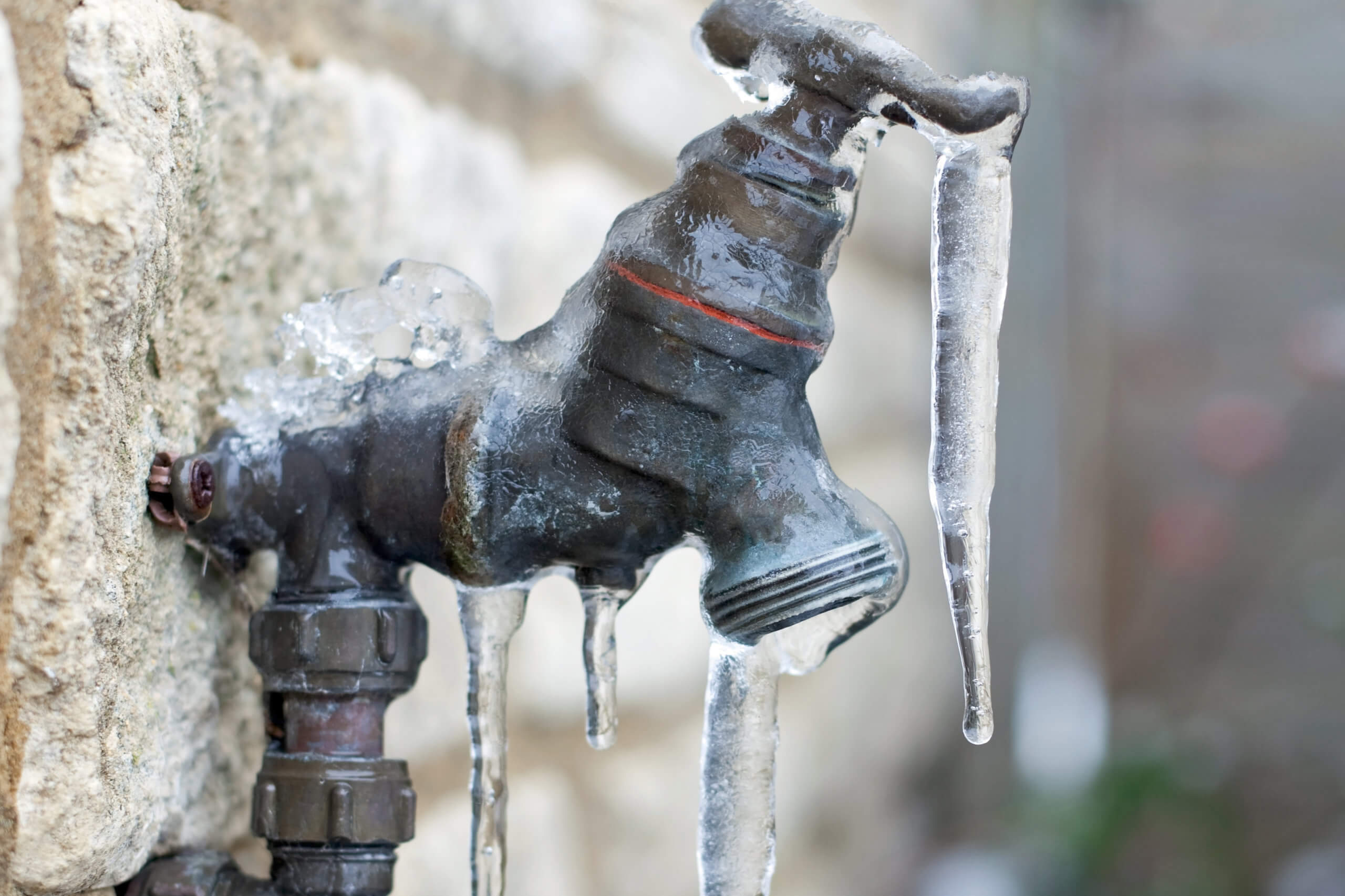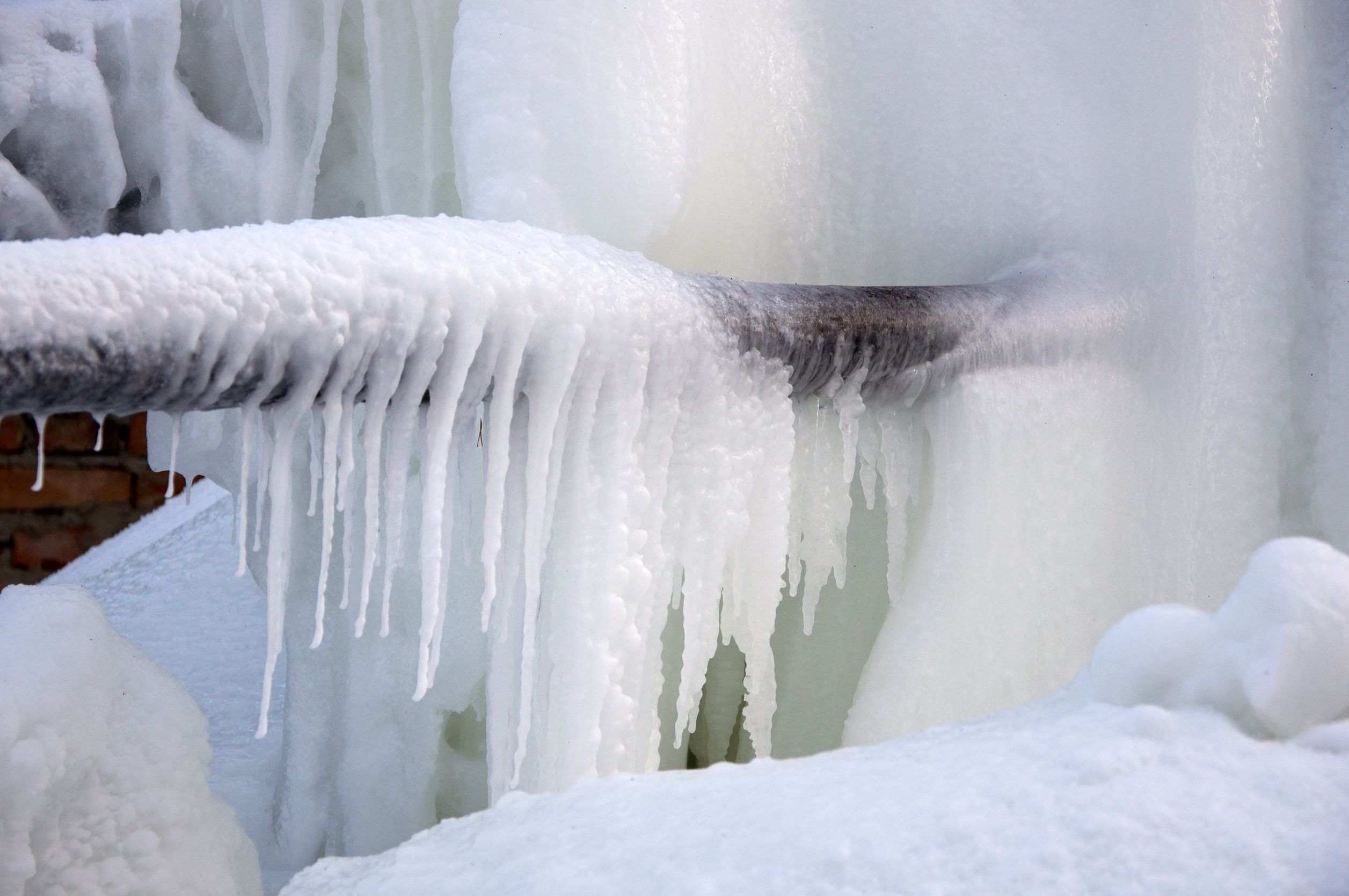Avoid Frozen Plumbing in Cold Weather: Professional Tips
Avoid Frozen Plumbing in Cold Weather: Professional Tips
Blog Article
The content following next about Prevent Frozen Pipes is really engaging. Read it for your own benefit and decide what you think of it.

Winter can ruin your plumbing, specifically by freezing pipes. Here's exactly how to prevent it from happening and what to do if it does.
Intro
As temperatures decrease, the threat of frozen pipelines increases, possibly resulting in pricey repair work and water damages. Understanding exactly how to prevent icy pipelines is important for home owners in cold climates.
Prevention Tips
Shielding vulnerable pipes
Wrap pipelines in insulation sleeves or make use of warmth tape to safeguard them from freezing temperature levels. Concentrate on pipelines in unheated or external locations of the home.
Heating techniques
Keep interior spaces sufficiently heated up, particularly areas with plumbing. Open cabinet doors to allow cozy air to flow around pipelines under sinks.
Just how to identify frozen pipelines
Search for decreased water flow from taps, uncommon odors or noises from pipelines, and visible frost on subjected pipes.
Long-Term Solutions
Structural changes
Think about rerouting pipelines away from outside walls or unheated locations. Add added insulation to attic rooms, cellars, and crawl spaces.
Upgrading insulation
Purchase premium insulation for pipes, attics, and walls. Correct insulation aids keep consistent temperatures and lowers the risk of frozen pipes.
Securing Outdoor Pipes
Yard tubes and exterior taps
Detach and drain garden tubes before wintertime. Set up frost-proof spigots or cover outside faucets with insulated caps.
Understanding Icy Pipes
What triggers pipelines to ice up?
Pipes freeze when exposed to temperature levels below 32 ° F (0 ° C) for expanded periods. As water inside the pipelines ices up, it increases, putting pressure on the pipeline walls and possibly causing them to rupture.
Threats and damages
Frozen pipelines can lead to water disruptions, property damage, and pricey repair work. Burst pipelines can flood homes and trigger substantial architectural damages.
Indications of Frozen Pipeline
Identifying icy pipelines early can avoid them from rupturing.
What to Do If Your Pipes Freeze
Immediate activities to take
If you believe frozen pipes, maintain faucets open to soothe pressure as the ice thaws. Utilize a hairdryer or towels taken in hot water to thaw pipelines slowly.
Final thought
Preventing icy pipelines needs proactive steps and quick feedbacks. By understanding the causes, indicators, and safety nets, home owners can safeguard their pipes throughout cold weather.
6 Proven Ways to Prevent Frozen Pipes and Protect Your Home
Disconnect and Drain Garden Hoses
Before winter arrives, start by disconnecting your garden hoses and draining any remaining water. Close the shut-off valves that supply outdoor hose bibs and leave the outdoor faucet open to allow any residual water to drain. For extra protection, consider using faucet covers throughout the colder months. It’s also important to drain water from any sprinkler supply lines following the manufacturer’s directions.
Insulate Exposed Pipes
Insulating your pipes is an effective way to prevent freezing. Pipe insulation is readily available at home improvement stores and is relatively inexpensive. Pay close attention to pipes in unheated areas such as the attic, basement, crawl spaces, or garage. Apply foam insulation generously to create a buffer against the cold. You can also wrap your pipes in heat tape or thermostat-controlled heat cables for added warmth.
Seal Air Leaks
Inspect your home for any cracks or openings that could let in cold air. Seal any holes around the piping in interior or exterior walls, as well as the sill plates where your home rests on its foundation. Additionally, make sure to keep your garage door closed unless you’re entering or exiting. Leaving it open creates a significant air leak that can lead to frozen pipes.
Allow Warm Air Circulation
During cold snaps, it’s essential to allow warm air to circulate evenly throughout your home. Leave interior doors ajar to promote better airflow. Open kitchen and bathroom cabinets to help distribute heat consistently around the rooms. If you have small children or pets, be sure to remove any household chemicals or potentially harmful cleaners from open cabinets for safety.
Let Faucets Drip
A small trickle of water can make a big difference in preventing ice formation inside your pipes. When temperatures drop significantly, start a drip of water from all faucets served by exposed pipes. This continuous flow helps prevent the water from freezing. Additionally, running a few faucets slightly can relieve pressure inside the pipes, reducing the chances of a rupture if the water inside does freeze.
https://choateshvac.com/6-proven-ways-to-prevent-frozen-pipes-and-protect-your-home/

As a serious person who reads on Preventing and dealing with frozen pipes, I think sharing that piece of writing was appropriate. If you please take a moment to distribute this blog entry if you appreciated it. Thanks so much for going through it.
Request Free Estimate Report this page